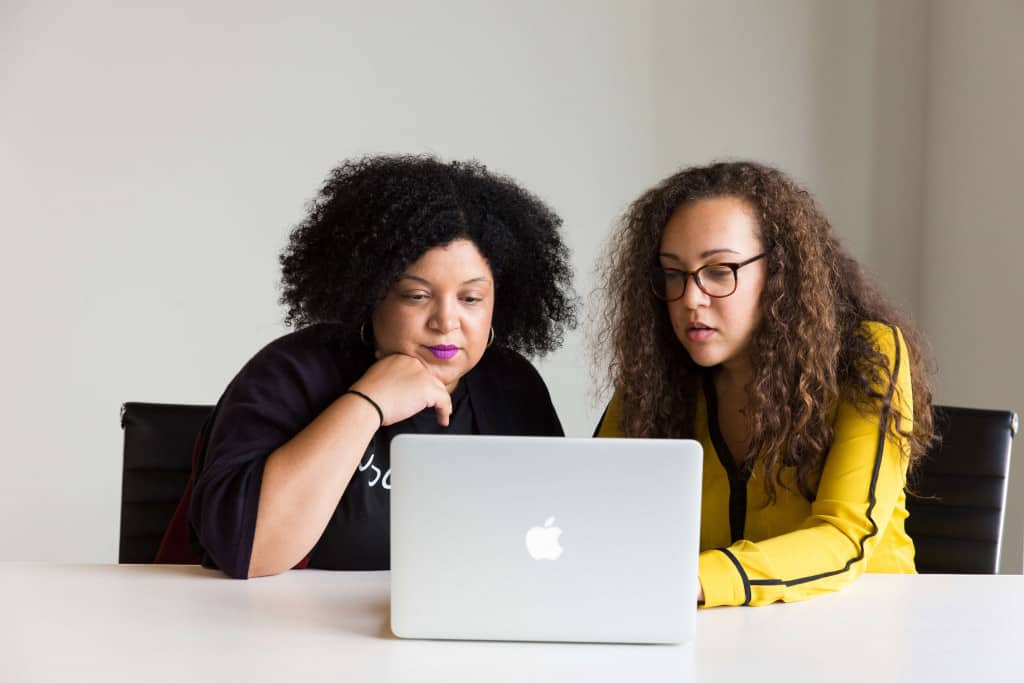Engaging and Embracing a Multigenerational, Multicultural Work Force
A handful of recent reports cite that, for the first time in history, many organizations employ staff spanning four, sometimes five generations. Indeed, by 2020, most companies will have all these cohorts working side by side.
Some leaders might worry about what this means for their organizations, wondering if the wide variety of people with fundamentally different experiences, perspectives and areas of expertise will hinder progress or company growth.
To add another layer of complexity to the mix, organizations worldwide are becoming increasingly multicultural, thanks to globalization – businesses crossing borders, the Internet continuing to connect us in unforeseen ways, and remote work becoming more commonplace. While an international staff can be exciting and exotic, this also means having to delicately reconcile different values, communication methods and language skills.
Aside from earning your company high marks on a diversity report, a multigenerational and multilingual work force is actually a competitive advantage for your business, provided that leaders and managers examine backgrounds, skill levels and learning opportunities. We know diversity brings a wide range of viewpoints, ideas and strengths to the table; in addition, multigenerational and multicultural teams can gain and maintain more market share because they reflect a larger portion of it.
Here are some suggestions to help you engage your Baby Boomers, Gen X-ers, Millennials and Gen Z-ers from all over the globe:

Leverage available technology
It may come as no surprise to hear that Millennials and Gen Z-ers want the bright, shiny new technology. These are two cohorts that grew up knowing a purely technology-driven world. If HR and L&D managers want to better relate to them, it’s a good idea to meet them where they already are and use the devices they’re already carrying.
That said, it’s possible that the latest and greatest software and hardware might not be very intuitive to other employees. Indeed, learning a new program can often feel like learning a new language.
Ultimately, employees – especially Millennials and Gen Z-ers – are looking for opportunities to grow and hone their skills; whether it’s with more traditional software, or by using cutting-edge VR programs and AI-powered chatbots, HR and team leaders must accept that customization and a bit of experimentation will help ensure employee learning experiences that are engaging and allow for autonomy.
Roll out tandem language programs
Businesses looking to expand globally need employees who speak more than one language. In addition to setting your staff up for language courses, consider encouraging in-house tandem language programs.
Tandem language learning is a method of language learning based on mutual language practicing by two partners who are speakers of different languages. This is usually done by two native speakers teaching one another their mother tongues. This method of learning is mutually beneficial, not only because it allows for the transference of language-speaking skills, but because it also facilitates a bond between two people who might not otherwise spend time together.
Encourage employees to partner up with people they don’t know well, or better yet, assign duos comprising one Gen Z-er and one Baby Boomer, for example, so that you’re not only mixing cultures, but ages, as well. Both parties could stand to learn a thing or two from the other beyond just conjugations.

Consider job-shadowing days
There’s the old adage that you won’t fully understand a person until you walk in his or her shoes. People are less likely to understand one another if they hail from different generations or different nations. Sometimes, the inability to relate can boil down to profession, too: Someone in the finance department might have a completely different day-to-day experience at your company when compared to, say, someone working in software development.
An effective way to help people better understand each other – and potentially build empathy between two markedly different strangers with nothing in common but place of work – is to implement a job-shadowing program. Organizations approach this differently, but the idea is that, on a few select days throughout the year, you’ll pair up two people with distinctly different roles within your company; on one day, person A will shadow person B, learning what it is B does all day. On another day, B shadows A.
Job-shadowing can help employees understand how one anothers’ jobs fit into the organizational mission, why each job is important, and creates a supportive organizational environment.
Flip your mentorship programs
While junior employees can certainly benefit from the knowledge and skills of their more experienced senior coworkers, you might consider a “reverse mentoring” program for your organization. This concept was popularized by former GE CEO Jack Welch in 1999, when he required 500 of his top executives to pair up with junior associates for the purpose of learning how to use the Internet.
Younger employees can help ensure more “seasoned” ones don’t lose touch with evolving technology; those with more experience can provide industry knowledge and career advice for those junior to them. Whether knowledge gaps involve tech, language or soft skills, reverse mentoring – which can be a component of job-shadowing and tandem language programs – can help to bridge those gaps.
Create project-specific teams
Implementing cross-functional teams for special projects allows people who seldom work together to bond over business challenges. In building these kinds of teams, employees of all generations and cultures are likely to become more comfortable with one another, and overcome any preconceived notions, biases or stereotypes – and therefore create a safer, more positive work environment.
At the end of the day, all generations want meaningful work, good work-life balance, opportunities to learn and develop and to be treated with respect. Organizations that proactively address and embrace differences sensitively will diffuse generational and cultural stereotypes, reap competitive advantages, and build a rich, rewarding working climate; those that fail to reconcile and embrace age, language and cultural distinctions risk losing in the war on talent.